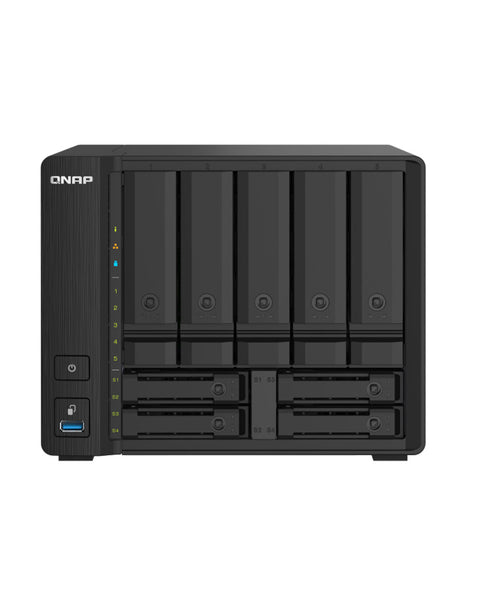One thing I haven't seen the addressed is the hot vs. warm storage requirements. Editing photo's will require bandwidth & IOPS. If there's a stable storage archive, you may be able to save some money by running two storage pools. A slow RAIDz2 pool built from conventional disks, and a smaller all SSD pool for your active editing tasks. This would allow you to use small inexpensive SSD's configured to maximize the IOPS, and set up replication tasks to archive to slower bulk storage at night.
I like this idea. It could complicate my offsite backups further.
Currently, I have 2x 14TB single HDD that I use as a long term archive. My business partner does his own thing, but same idea. One is the 'main' drive that I use regularly to access things I need from the past, and the other is an offsite backup. It does not change ever, unless I am prepared to update the offsite backup.
With something like this I could possibly have just 4x 2TB SSDs as 2 mirror vdevs as a fast working zpool. 'Quota' is a new idea to me. I could cap this at 2TB for the zpool and keep 2TB of free space at all times.
Once a job is done, but not yet ready for long term storage (ie I am still bugging my partner to take care of it), it could move to 'purgatory' where it's still accessible and backed up offsite, but not as fast and does not need to be backed up nightly. This could be a single HDD, a single vdev, or I could do another 4x2TB but with HDDs. Perhaps I could even take the 4x 2TB HDDs out of this 5 year old promise pegasus for now. The drives seem fine but the enclosure is going haywire.
8-bay gives you four mirrors for higher performance (especially relevant if you don't go for SSD), or enough for the hot+cold option of @rvassar in one enclosure, with one SSD pool for performance and 4 HDD in RAIDZ2 for security.
I don't understand why I would do a RAIDZ2 with 4 disks. Why not just make a pool of 2 mirrored vdevs?

